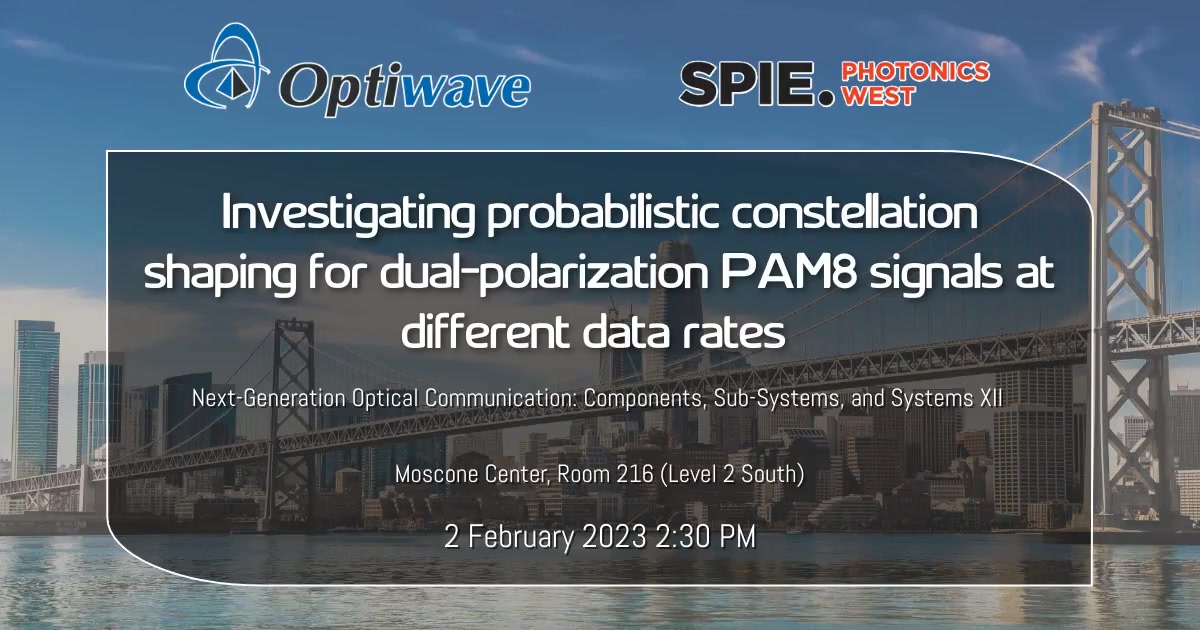Abstract – DP-PAM8 modulated signals with probabilistic constellation shaping (PCS) are investigated for ultrahigh-data rates with diverse shaping strengths and DGD values using direct detection for short distances mainly seen in data centers. The investigation is conducted using numerical simulation, where system performance improvement is achieved when PCS is used. The probabilistic shaping mitigated the uncompensated DGD and dispersion effects in the transmission system. We found that the high-powered symbols close the eye causing high symbol error. Applying PCS opens the eye of the high-powered symbols but closes the eye for low-powered ones. Thus, optimization of the strength of shaping is necessary to get the best performance. Experiments were conducted to investigate the effect of probabilistic shaping on PAM8 system amplified using an optical semiconductor amplifier (SOA). A single polarization PAM8 case was only demonstrated due to accessibility limitations of required parts for dual-polarization PAM8.
Speaker’s Bio – Dr. Ahmad Atieh is a VP at Optiwave Systems Inc. Canada. He received his B.Sc. degree in Electrical Engineering from Yarmouk University, Jordan, M.Sc. degree in Electrical Engineering from the Jordan University of Science and Technology, and Ph.D. degree in Electrical Engineering from the University of Ottawa, Canada. He has contributed more than 100 technical papers in different refereed journals and at international conferences. He holds over 25 issued patents and several patents pending. His current research interests are in the fields of optical fiber communication systems including optical fiber characterization, optical amplifiers, nonlinear fiber optics, and optical communication transmission systems.


